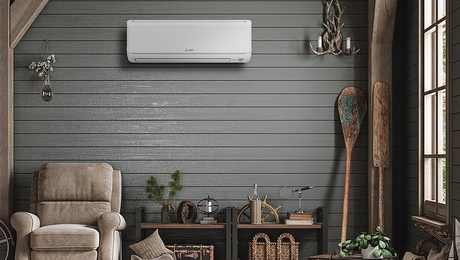Q:
My house had a high-efficiency boiler vented into a conventional masonry chimney. I have had tremendous efflorescence problems with the chimney ever since. Other chimneys in the house that vent only fireplaces don’t seem to have the problem. What should I do about this?
Michael Pelletier, Germantown, NY
A:
Mark Eatherton, a plumbing and heating contractor in Denver, Colorado, replies: The introduction of flue gases from a high-efficiency boiler or furnace into a conventional masonry chimney is a guarantee for chimney failure. The high-efficiency appliance has wrung so much energy out of the flue gases that they are near their dew point by the time they are discharged into the chimney.
When the gases hit the cool masonry, condensation forms on the inside of the chimney. This condensation is highly acidic and breaks down all masonry products, including brick, mortar and terra-cotta chimney liners. If the chimney is on an outside wall, the degradation is compounded by the cooler temperature of the chimney.
Efflorescence, a white powder that forms on the masonry, is the first indication of trouble. Cracking of the masonry around the appliance’s connection to the chimney usually follows in short order and is generally the next indication of potentially serious problems. If the deterioration continues, the chimney can collapse into itself and then possibly block the passageway for flue gases.
I recommend that you have a heating professional give you an estimate either to line the flue with a code-approved, acid-resistant flue pipe or to consider the installation of a new flue pipe compatible with your boiler. Some high-efficiency appliances allow the use of plastic pipe for venting gases, and many induced-draft high-efficiency appliances can be vented through an outside wall. However, if an outside wall is inaccessible, most manufacturers offer alternatives for venting through an existing chimney. In these cases, the plastic pipe or flue liner must extend the full length of the masonry or metal chimney.

























